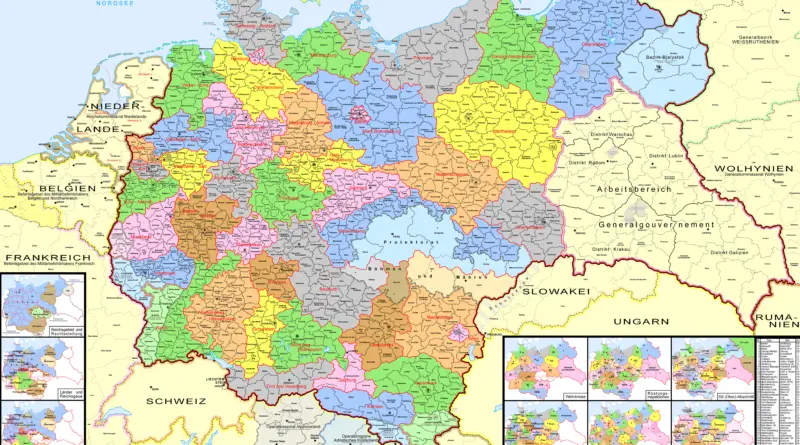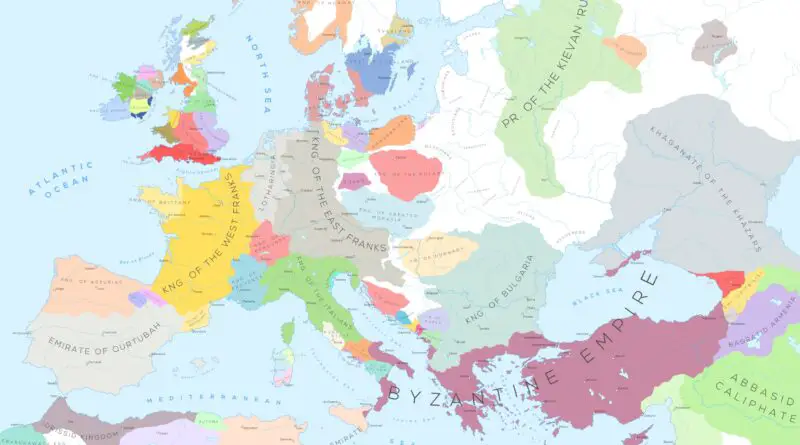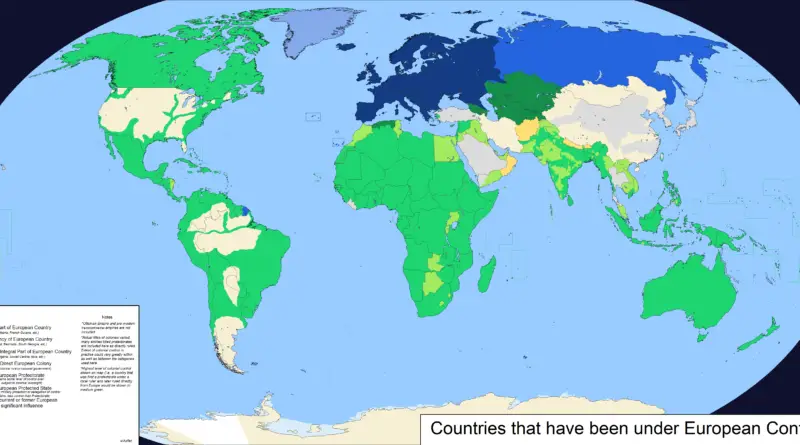Historical Maps
Historical maps showing territorial changes of countries and historical events of the past.
World Population Cartograms
World Population Cartogram (1910) (1 square = 500,000 people) World Population Cartogram (2015) (1 square = 500,000 people) Countries combined
Read MoreFrom Empire to Modern State: The Evolution of Germany’s Administrative Divisions (1900-Present)
Discover how Germany’s internal borders and administrative structures evolved dramatically from the German Empire’s complex federal system in 1900, through the centralized Nazi regime’s gau system, to today’s democratic federal states, featuring historical maps and detailed analysis.
Read MoreEmpire of the Great Qing
25th yaer of the Jiaqing Emperor (A.D. 1820).
Read MoreAtlas of European history
uropean history is a vast and complex tapestry of events, cultures, and civilizations that have shaped the continent over millennia. It encompasses ancient civilizations such as the Greeks and Romans, the medieval period with its feudal systems and the rise of Christianity, the Renaissance, which saw a revival of art, science, and learning, and the Age of Exploration, which brought about global exploration and colonization.
Read MoreCountries that have been under European control
European colonialism was a widespread and often destructive project that set almost the whole planet under the control of European powers over many hundreds of years.
Read MoreTrade Routes of the Roman Empire
The roads and routes constructed and developed by the Roman bound all manner of peoples together, made possible the intermingling
Read More


